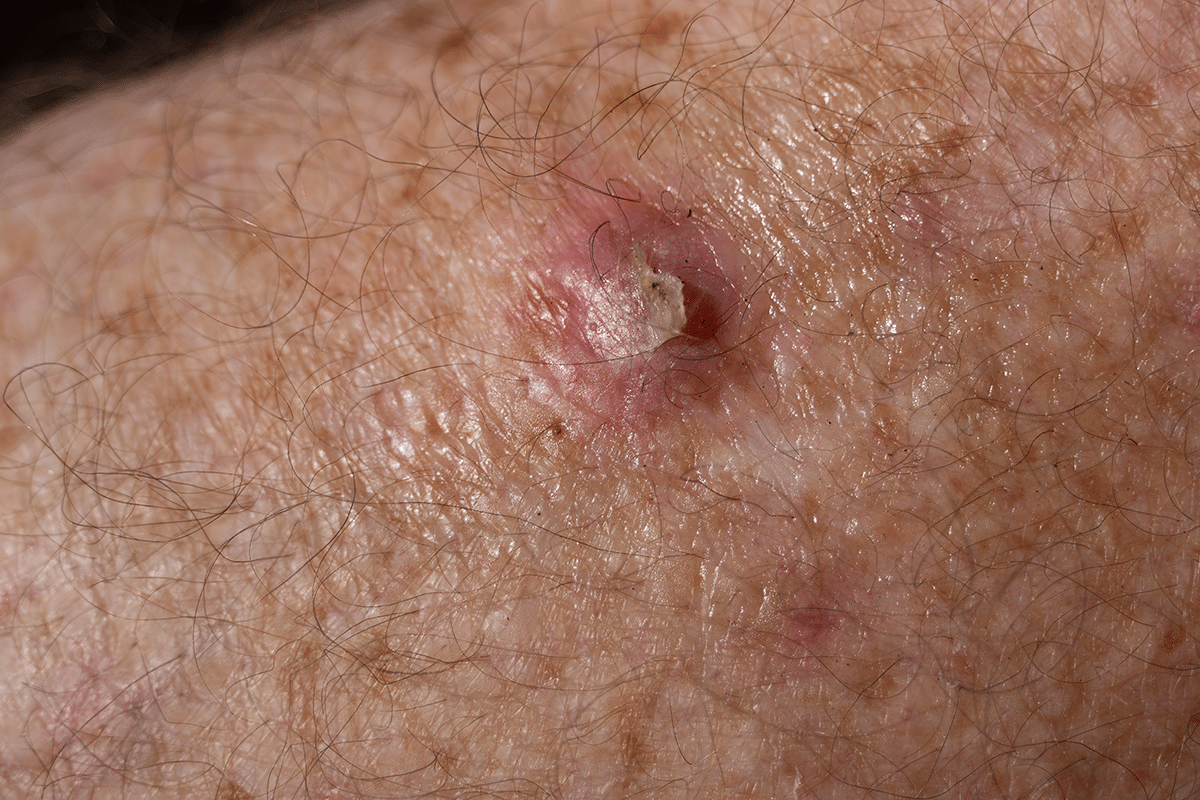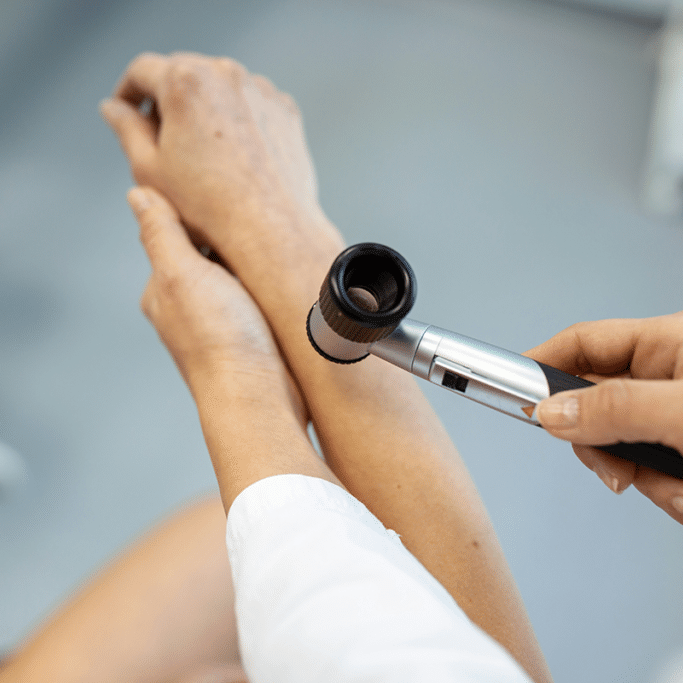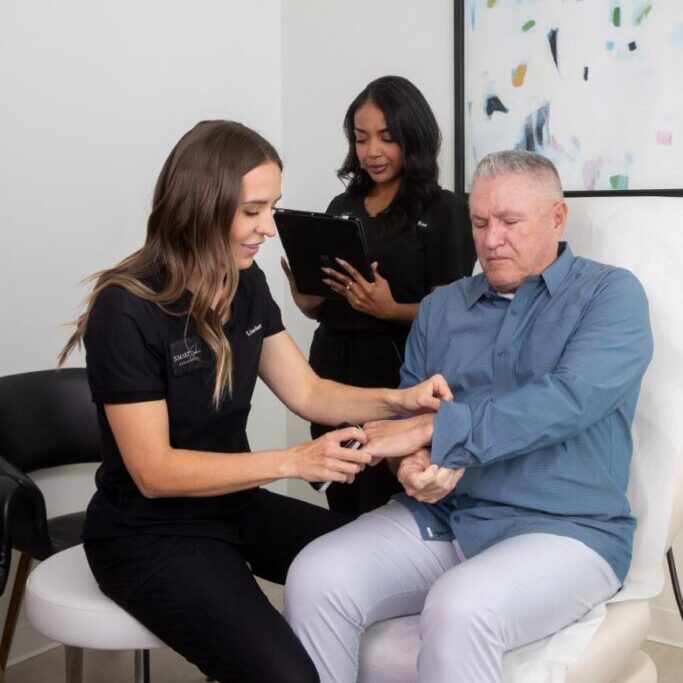Squamous Cell Carcinoma Removal in Lehi, Utah
What is Squamous Cell Carcinoma?
How common is squamous cell carcinoma?
Squamous Cell Carcinoma Can Appear Anywhere
Prevent The Spread of Squamous Cell Carcinoma
Squamous Cell Carcinoma Treatment Options
What are the warning signs of squamous cell carcinoma?
Keen observation can be your first line of defense against Squamous Cell Carcinoma. Here are some telltale signs to watch for:

How to prevent Squamous Cell Carcinoma
Schedule your skin cancer screening today!
By recognizing the signs, adopting preventive measures, and seeking early treatment, you can conquer Squamous Cell Carcinoma and reclaim control of your skin health. Remember, knowledge is your most potent weapon in this battle.
Squamous Cell Carcinoma FAQ
How fast does squamous cell carcinoma spread?
SCC generally spreads slower than melanoma.
While most cases are diagnosed before the cancer has progressed beyond the upper layer of skin, there's a risk of it invading deeper tissues or spreading to other parts of the body, particularly lymph nodes.
However, the rate of spread can vary depending on several factors, including:
- Thickness of the tumor: Larger tumors are more likely to spread.
- Location of the tumor: SCCs on the head and neck tend to spread more frequently than those on other body parts.
- Presence of ulceration: SCCs with open sores are at a higher risk of spreading.
- Overall health: People with weakened immune systems may be more susceptible to the spread of SCC.




